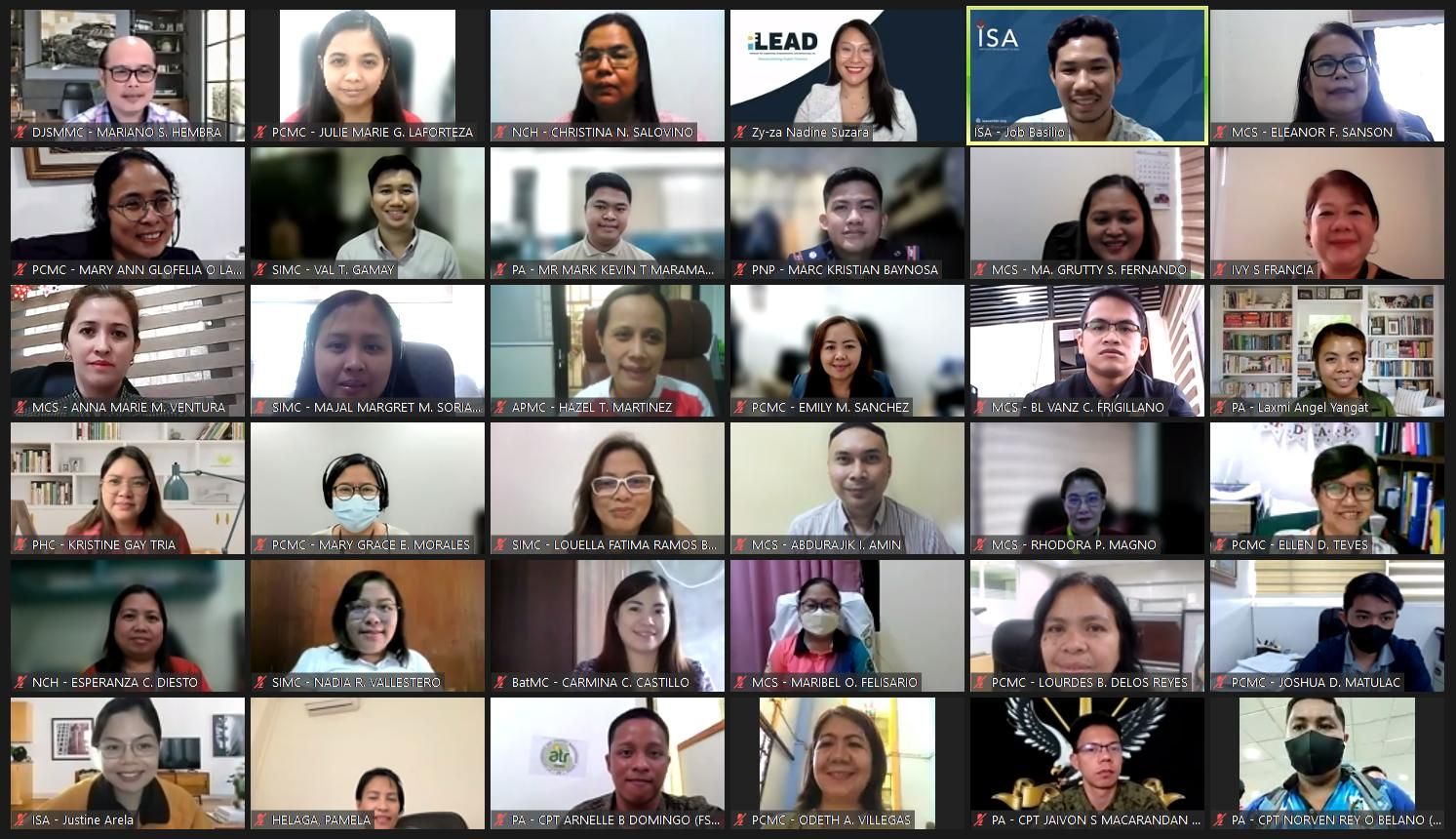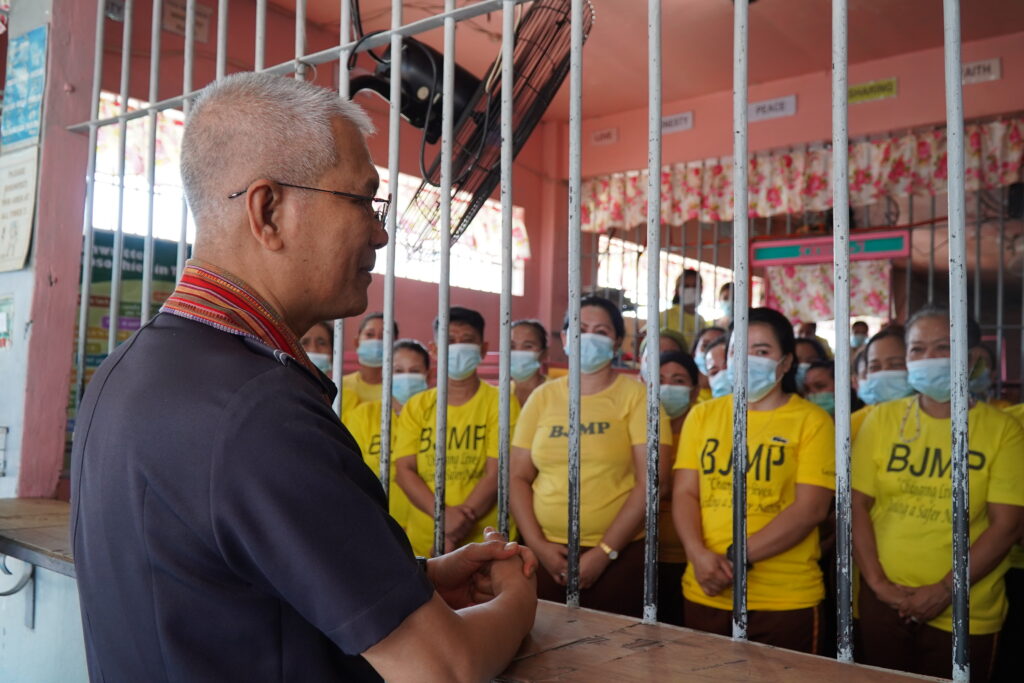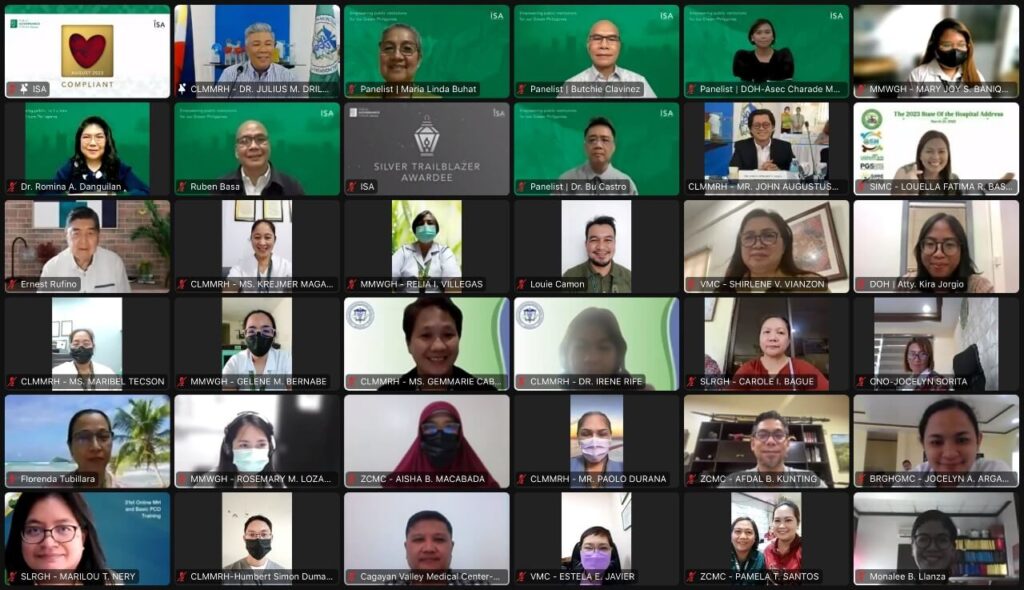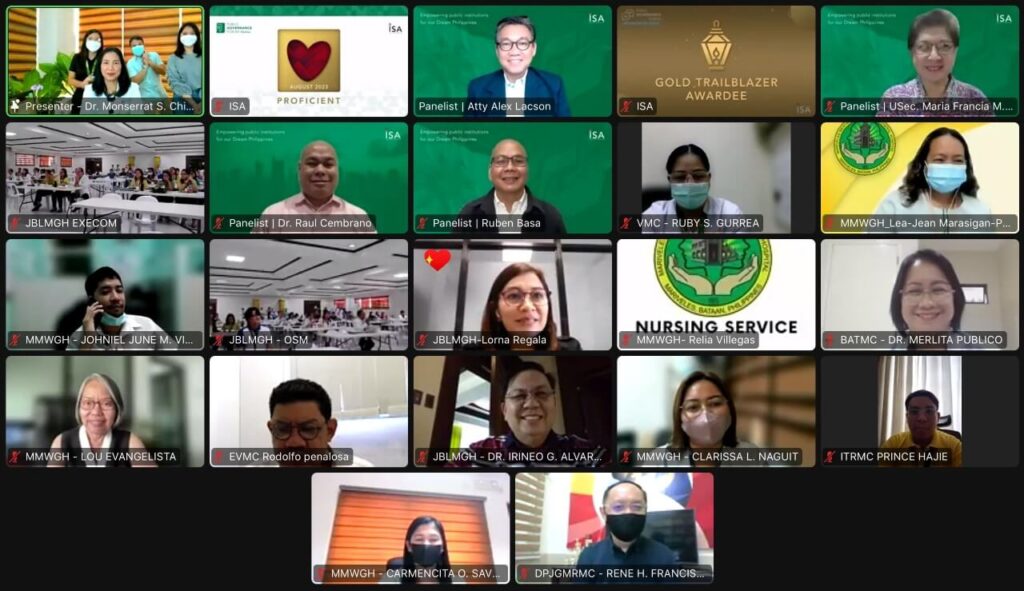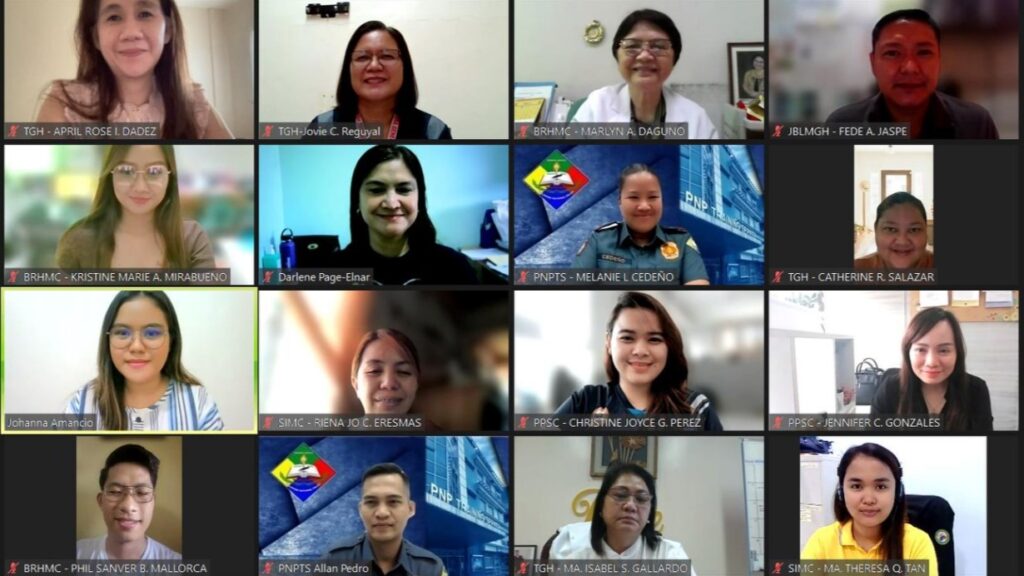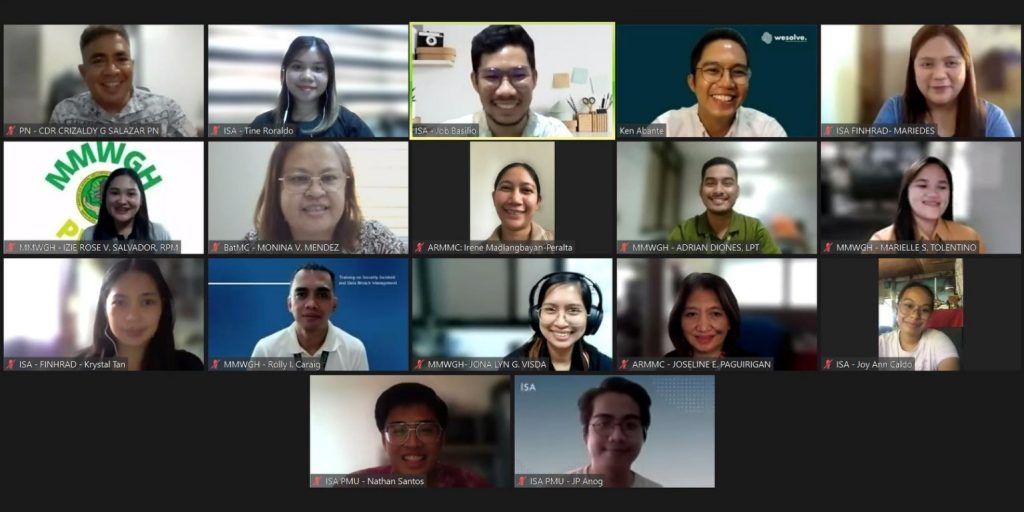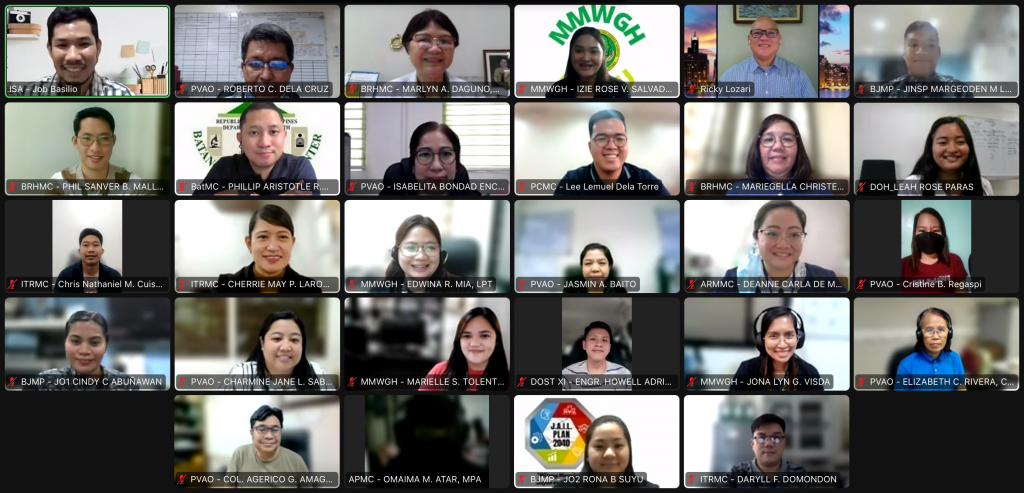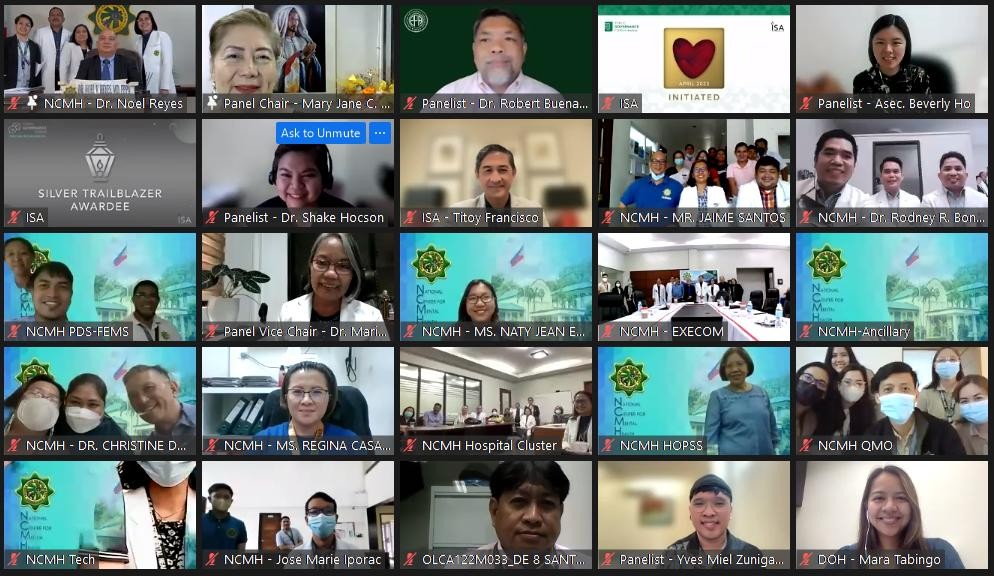The success of any organization hinges on the ability to create and sustain a strategy that drives genuine change. While creating a strategy is essential, sustaining it over the long term is the key to achieving a lasting transformation. Unfortunately, many organizations struggle to maintain their strategic plans, often falling victim to the “strategy gap.” To avoid this pitfall, strategic finance, and effective integration are critical tools to manage and maintain your organization’s strategic plan.
To help equip our partners with the necessary tools and skills to sustain an organization’s lifeblood, budget, and finance, the Institute for Solidarity in Asia (ISA) conducted one of its newest Skills Lab courses, “Strategic Finance for Governance Transformation,” last April 13 to 14. The two-day Strategic Finance workshop was led by Ms. Zy-za Suzara, a top budget expert from iLEAD, and attended by 46 participants from 9 different public institutions.
To kick off the workshop, Ms. Suzara began by describing the concept of strategy as how organizations make decisions and allocate resources to achieve their goals and key objectives. According to her, a successful strategy offers a clear road map, consisting of a collection of guiding principles or rules that specify the course of action that should be taken and the priorities that should be defined in order to attain desired goals.
Providing a clearer understanding of strategy, the participants broke into workshop groups to discuss and identify each organization’s strategies and challenges. This activity surfaced difficulties and hindrances to implementing strategies mostly involving budgetary constraints. With that, Ms. Suzara emphasized that to drive results, people in an organization need to be hyper-aligned and laser-focused on the highest-impact actions that will drive the organization’s most important outcomes, and this can be done by identifying the most high-impact strategy, otherwise known as the “Big Arrow.”
On the second day of the course, Ms. Suzara explained that the public budget is not just a competence that accountants possess; rather, it is the clearest expression of any government’s development agenda. Delving deeper into budget allocation, the participants shared in their workshop groups, the budget allotted for each department. This activity surfaced that rather than having an introspective way of looking at the resources allocated to an organization, external factors should also be considered.
“We should learn to zoom out. Normally, the macro strategic process of the budget of the government is one and the same. Let’s try to zoom out a bit more and see how the budget of our mother department looks like,” Ms. Suzara said.
Moreover, it’s important to understand the fiscal program because it considers the whole-of-nation’s approach to public budgeting. Ms. Suzara emphasized that it contributes to government spending which, in turn, contributes to the Gross Domestic Product or the measure of how much money there is in the country. She added that organizations must always go back to aligning their team members with their goals and identifying the “Big Arrow” or prioritizing steps and actions with the most significant impact to solve problems, whether it involves budget, strategy, or execution.
“If it can be done in an emergency situation [such as the COVID-19 Pandemic], what’s stopping us from doing it on a daily basis? Madaming pwedeng gawin to drive those commitments that we set,” Ms. Suzara added.

